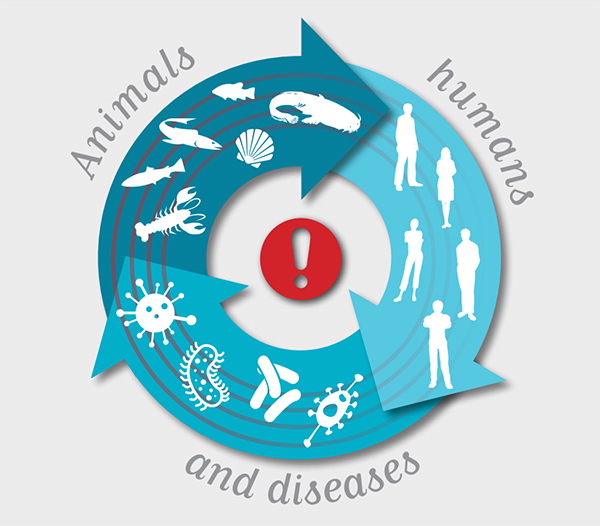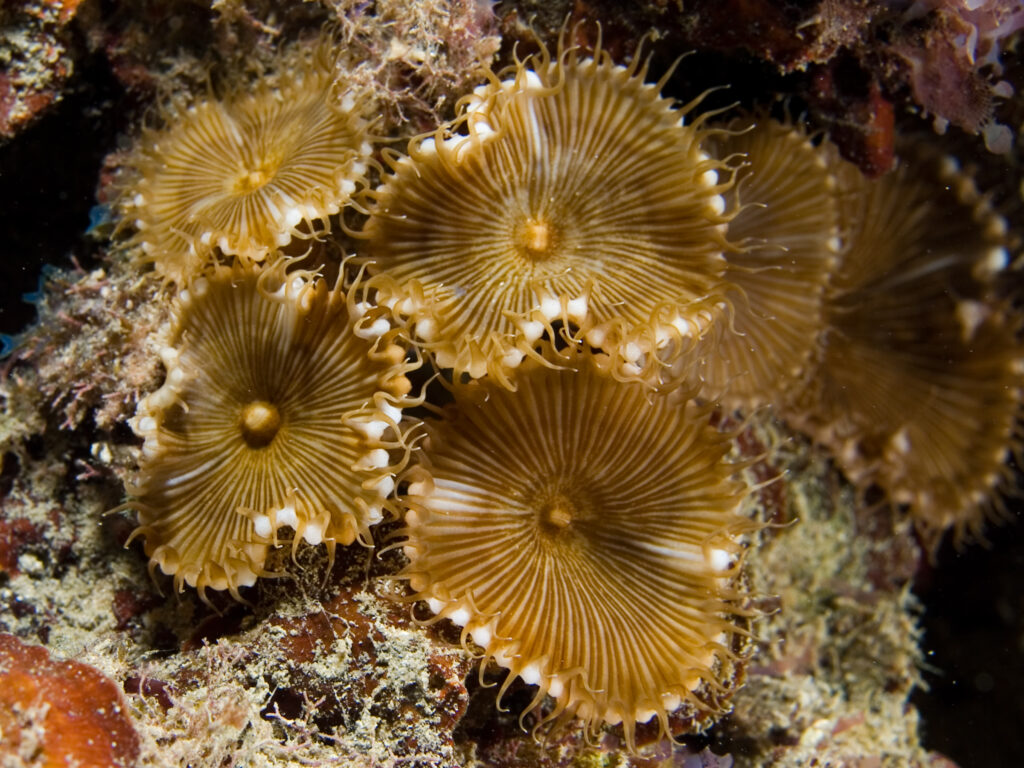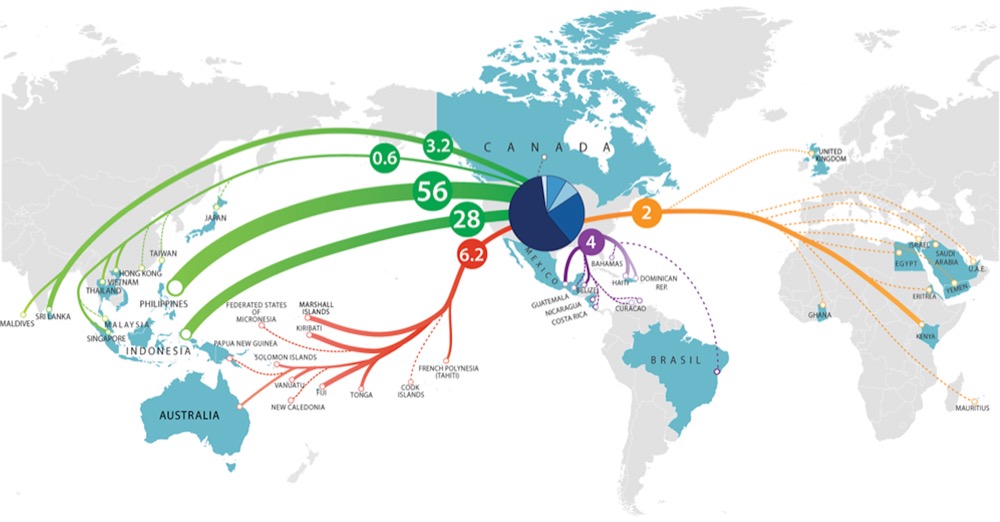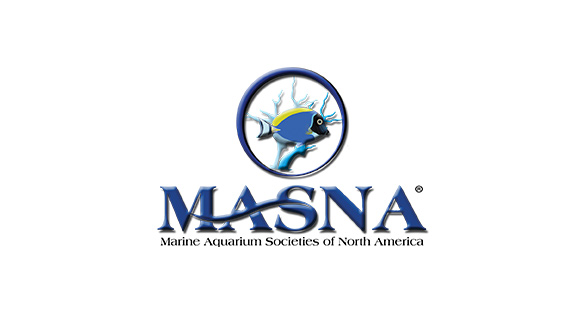August 22, 2016—MASNA is a non-profit organization composed of marine aquarium clubs, individual hobbyists, professional aquarists, and industry partners from North America and abroad, totaling several thousand individuals and organizations.
MASNA has created three new educational articles. These include an educational article on marine zoonotic diseases, an article on zoanthids and palytoxin, and an article on the impacts of releasing marine ornamental organisms.
Zoonotics

Animals, humans and diseases. OIE, 2015.
The Marine Zoonotic Disease article (http://masna.org/masna-education/zoonotic-diseases/) teaches readers about what a zoonotic disease is, how they are spread, and what diseases are most common. The symptoms of Mycobacterium marinum, Vibrio vulnificus, Edwardsiella tarda, Erysipelothrix rhusiopathiae, and Streptococcus iniae are reviewed for both marine fish and humans. Finally, biosecurity and preventative techniques are provided to help marine aquarium hobbyists protect themselves and their pets against these diseases.
Palytoxin

Palythoa grandis (Sun zoanthids) Public Domain, WikiMedia
The Zoanthids and Palytoxin article (http://masna.org/masna-education/palytoxin/) details the sometimes forgotten highly toxic palytoxin that is found in organisms in the taxonomic Order Zoantharia. The origins of palytoxin’s discovery, in what corals it can be found, the symptoms of palytoxin exposure, and safe handling practices are all covered.
Release and Invasion

The source of marine aquarium fish in the US. Rhyne, Tlusty, Holmberg, and Szczebak 2015. aquariumtradedata.org
The Impacts of Releasing Marine Ornamental Species article (http://masna.org/masna-education/release-invasion/) outlines the transportation of organisms from around the world for the purposes of the marine aquarium trade. It then discusses the impacts marine ornamental organisms can have if they are released into the wild. Three individual examples of organisms are provided, which are the Lionfish (Pterois volitans and Pterois miles), the macro algae Caulerpa (Caulerpa taxifolia), and the Cup Coral (Tubastraea coccinea). The article concludes by covering what to do with unwanted marine ornamental organisms, and what steps to take if you see invasive marine ornamental organisms in the wild.
All three articles are geared toward education and presentation for hobbyist, club, and professional aquarists. The articles can be accessed for free at http://www.masna.org, and are made for immediate and easy dispersal. Additional information has been included in these articles in the forms of media and external links for those wishing to further their education and understanding of these items.
If you would like to become a supporting member or sponsor of MASNA and our programs, please join us at http://www.masna.org/join-masna/. Your support will assist us in our goals to Educate, Assist, Support, and Encourage marine aquarium societies and hobbyists across North America.
To contact us, please visit our website at http://www.masna.org, or email us at bod@masna.org.
###




